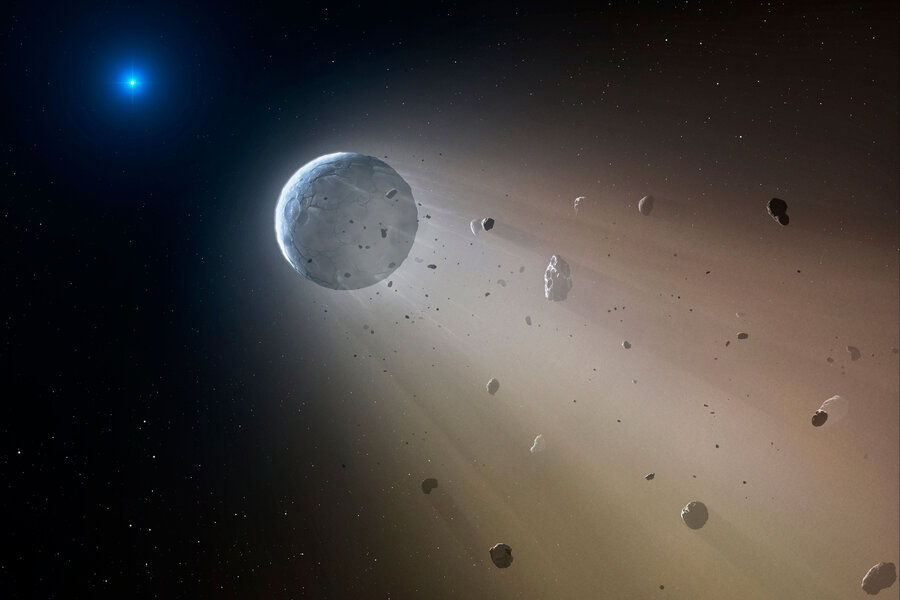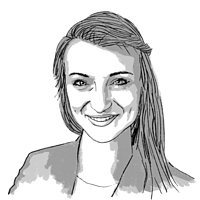Bad science? Former Microsoft exec criticizes NASA asteroid data.
Loading...
Not everyone's hobby is to pick apart scientific papers, but Nathan Myhrvold does just that.
In 2013 the former Microsoft chief technologist published a paper pointing out statistical errors in research about the growth rate of dinosaurs that ultimately led to several journal corrections of a Florida State University paleontologist's papers.
Now Dr. Myhrvold is taking on NASA and stirring controversy.
Myhrvold is not an astronomer, but the topic he's tackling is the identification and description of asteroids.
"He’s a very smart man," Lindley Johnson, who oversees NASA’s planetary defense program, told The New York Times. "But that doesn’t make him an expert in everything."
So what are Myhrvold's grievances?
NASA's Wide-field Infrared Survey Explorer spacecraft has been gathering data on celestial objects from space since 2009, including the heat emissions of asteroids. NEOWISE, an offshoot of the WISE mission, uses that data to calculate the size and reflectivity of asteroids.
This information could help scientists predict which asteroids might slam into Earth and cause massive damage in the future.
But Myhrvold, who analyzes the NEOWISE results in a paper submitted to the journal Icarus and published online ahead of review, says that the WISE and NEOWISE research is filled with errors.
"The bad news is it’s all basically wrong," he told the Times. "Unfortunately for a lot of it, it’s never going to be as accurate as they had hoped."
NASA scientists claim that the WISE and NEOWISE missions can determine the diameter of asteroids within about 10 percent of their actual size. Myhrvold says that, thanks to mistakes along the way, it is much more inaccurate and estimates could be more than 100 percent off.
But they also calculate asteroids' reflectivity incorrectly too, Myhrvold says. He suggests they fail to account for Kirchhoff's law of thermal radiation, which states that shinier objects radiate less heat, in their thermal models of asteroids.
"From the practical perspective of finding asteroids," Myhrvold told the Times, "it’s really important that we know the distribution of diameters and the distribution of albedos."
Myhrvold has many critiques of the WISE and NEOWISE research. But the criticism has been returned too.
"For every mistake I found in his paper, if I got a bounty, I would be rich," Ned Wright, the principal investigator for WISE at the University of California, Los Angeles, told Science.
One error is that Myhrvold mixes up diameter and radius in one of his formulas, says Amy Mainzer, the principal investigator for NEOWISE at the Jet Propulsion Laboratory in Pasadena, Calif.
"Our team has seen the paper in various versions for many months now, and we have tried to point out problems to the author," she said in a statement, according to Science. "We have strongly encouraged that the paper be submitted to a journal and peer reviewed. Instead, he released it without peer review."
“We believe at this point it’s best to allow the process of peer review — the foundation of the scientific process — to move forward,” she wrote to the Times.
Other scientists aren't as scathing in considering Myhrvold's work.
"I do think he’s performed a really very useful service," Alan Harris, a senior research scientist at the Space Science Institute, told the Times, "to do the error analysis more carefully and alert people that you shouldn’t just take some of the data out of the WISE table and just assume they’re gospel."






